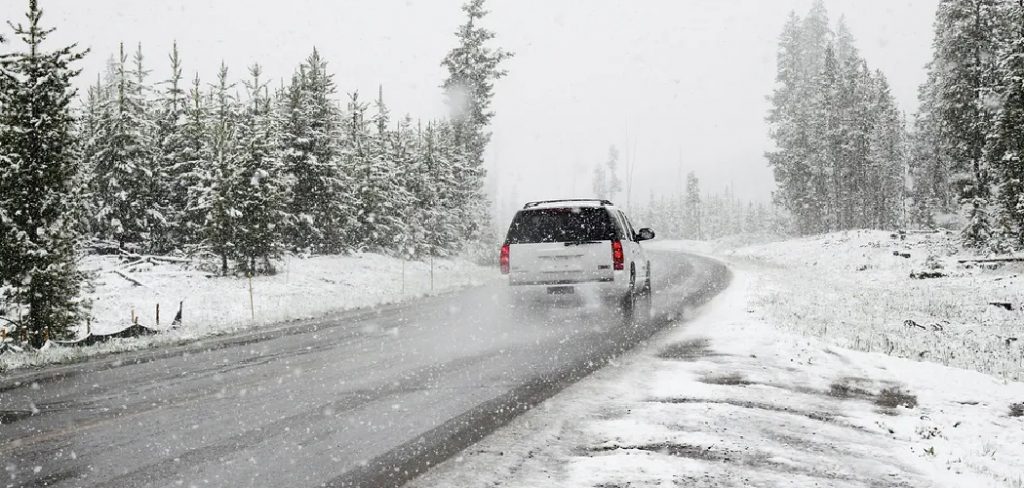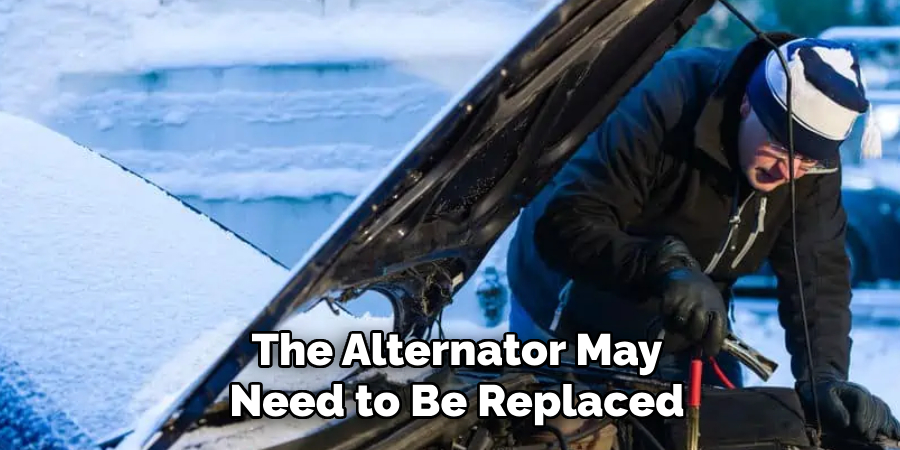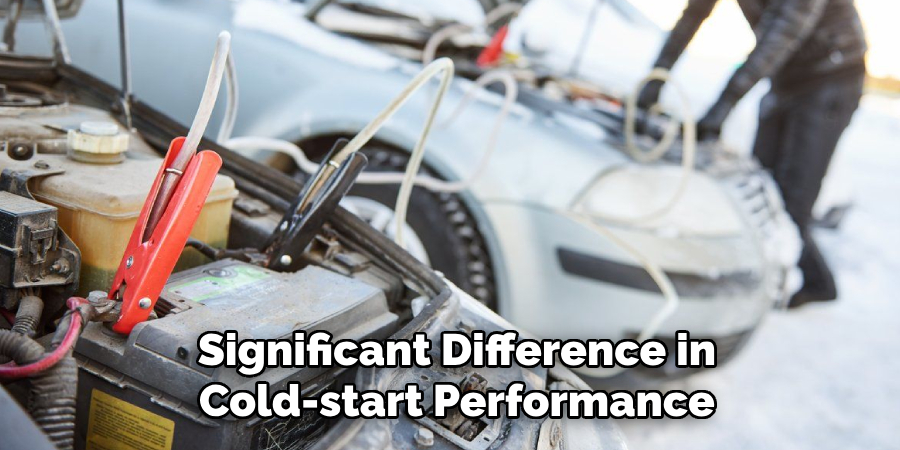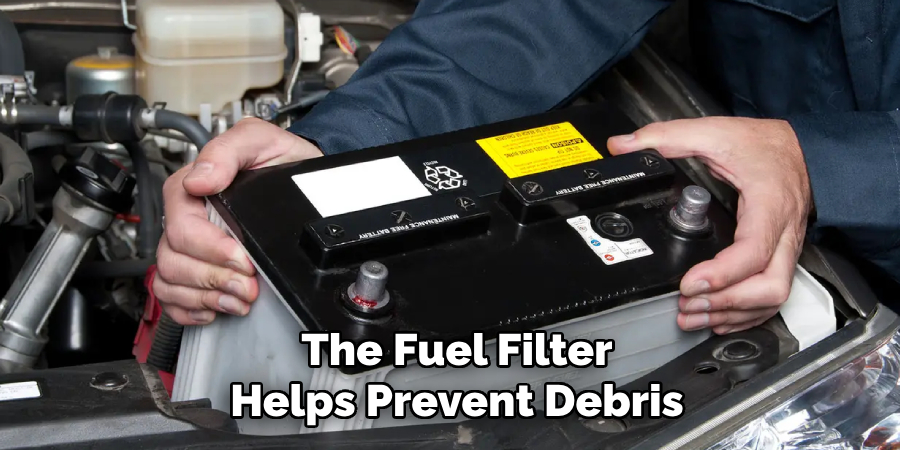When temperatures drop, car engines can struggle to start, leaving many drivers frustrated and stranded. Cold weather affects battery performance, fuel efficiency, and even engine oil viscosity, making it harder for vehicles to function properly. This guide is designed to help you with how to fix car not starting in cold. Understanding the common reasons behind this issue and learning effective solutions can help ensure your car is ready to go, even on the coldest mornings.

Common Causes of Car Not Starting in Cold Weather
Understanding the causes behind a car’s failure to start in cold weather can help address the problem effectively. Here are some of the most common reasons:
- Weak or Dead Battery: Batteries lose a significant amount of energy in cold temperatures, making it difficult for them to supply enough power to start the engine. Older batteries are especially prone to failure during freezing conditions.
- Thickened Engine Oil: Cold weather affects the viscosity of engine oil, causing it to thicken and making it harder for the engine to turn over. Engines require more effort to start when the oil doesn’t flow properly.
- Faulty Starter Motor: The starter motor can struggle in cold conditions, especially if it’s already worn out or damaged. A faulty starter might result in slow cranking or clicking noises.
- Moisture in the Fuel Lines: Extremely cold temperatures can cause moisture in the fuel lines to freeze, blocking the fuel supply and preventing the engine from starting.
- Failing Spark Plugs: Worn or fouled spark plugs can have a harder time igniting the air-fuel mixture in cold weather, leading to starting issues.
- Frozen Fuel: For vehicles using diesel, fuel can thicken or even gel in freezing temperatures, causing a lack of flow to the engine.
- Corrosion or Loose Connections: Corroded or loose connections between the battery and the electrical system can impair the transfer of power, making it difficult to start the car.

By identifying these common culprits, you can take the necessary steps to prevent or resolve cold-weather starting troubles.
10 Methods How to Fix Car Not Starting in Cold
1. Check the Battery Voltage
One of the most common reasons cars won’t start in cold weather is a weak or dead battery. Cold temperatures can reduce a battery’s ability to hold a charge, especially if the battery is already old or has been experiencing issues. A car battery’s chemical reactions slow down in the cold, resulting in less power being available to start the engine. Start by testing the battery voltage using a multimeter. A healthy, fully charged battery should read around 12.6 volts when the car is off. If the voltage is significantly lower, it could indicate that the battery is not holding a charge properly. In this case, the battery may need to be replaced or recharged.
2. Clean the Battery Terminals
Even if your battery is in good condition, corroded or dirty terminals can prevent the car from starting in cold weather. Corrosion around the battery terminals can interfere with the electrical connection between the battery and the rest of the car’s electrical system. Inspect the terminals for any signs of corrosion, which can appear as a white or greenish powdery substance. If corrosion is present, use a wire brush or battery terminal cleaner to scrub the terminals clean. You can also apply a mixture of baking soda and water to neutralize the corrosion.
3. Test the Alternator
If your car starts but then stalls shortly after or struggles to start again after running for a while, the alternator may not be charging the battery correctly. The alternator is responsible for charging the battery while the engine is running, and if it’s malfunctioning, the battery may not have enough power to start the car in the morning, especially in cold temperatures. To test the alternator, use a multimeter to measure the voltage at the battery terminals while the engine is running. A healthy alternator should produce a voltage reading between 13.7 and 14.7 volts. If the reading is outside of this range, the alternator may need to be replaced.

4. Check the Fuel System
Cold weather can affect your car’s fuel system in several ways. First, gasoline tends to thicken in low temperatures, which can make it harder for the fuel to flow smoothly through the system. Additionally, water in the fuel tank can freeze, leading to blockages in the fuel lines. Start by ensuring that your car has enough fuel and that the fuel is not contaminated with water. If water is suspected in the fuel tank, you can add a fuel system antifreeze product designed to prevent freezing. Also, check the fuel lines for any visible damage or blockages. If you suspect a problem with the fuel system, it’s a good idea to have it professionally inspected and serviced.
5. Inspect the Spark Plugs and Ignition System
Faulty spark plugs or issues with the ignition system can prevent your car from starting, particularly in cold weather when the engine needs a stronger spark to ignite the fuel. Inspect the spark plugs for any signs of wear or corrosion. If the spark plugs are worn, cracked, or covered in carbon deposits, replace them with new ones. You should also check the ignition coils and wires for any visible damage or corrosion. If the ignition system is not working properly, the engine may struggle to start or may not start at all. Replacing worn spark plugs and ignition components can significantly improve cold-start performance.
6. Use a Block Heater
In extremely cold temperatures, your car’s engine oil can thicken, making it harder for the engine to turn over. A block heater is an electrical device that keeps the engine warm, preventing the oil from thickening and helping the engine start more easily. Block heaters are especially useful in areas that experience very cold winters. The block heater is usually plugged into an electrical outlet and installed in the engine block or coolant system. Using a block heater for several hours before starting your car can make a significant difference in cold-start performance.

7. Change the Oil
Cold weather can cause engine oil to become thick and sluggish, making it harder for the engine to turn over and start. If you live in an area with cold winters, it’s important to use the right type of oil for your vehicle during the winter months. Synthetic oil is more resistant to thickening in cold temperatures, making it a better choice for winter driving. If your car uses conventional oil, consider switching to a synthetic blend or full synthetic oil before the winter season begins.
8. Check the Cold Start Sensor
Many modern vehicles are equipped with a cold start sensor that adjusts the fuel-to-air ratio during cold weather to help the engine start more easily. If the cold start sensor is malfunctioning, it can prevent the engine from starting or cause it to start sluggishly. A faulty sensor can result in incorrect fuel delivery or inadequate idle speed when the engine is cold. To check the cold start sensor, consult your vehicle’s manual to locate it and test its function. In some cases, the sensor may need to be replaced to restore proper cold-start functionality.
9. Replace the Fuel Filter
The fuel filter helps prevent debris and contaminants from entering the engine, ensuring that the fuel system operates smoothly. Over time, the fuel filter can become clogged, particularly if you drive on low-quality fuel or in dusty conditions. A clogged fuel filter can restrict fuel flow to the engine, making it harder to start, especially in cold weather when the engine requires more fuel to ignite. If the fuel filter has not been replaced in a while, consider replacing it. A new fuel filter can help ensure that the engine receives an adequate supply of clean fuel, improving cold-start performance.

10. Consider the Starter Motor
Finally, if the car cranks slowly or doesn’t crank at all in cold weather, the starter motor may be failing. The starter motor is responsible for turning the engine over when you start the car, and if it is weak or malfunctioning, it can prevent the car from starting. Listen for any strange sounds when you turn the key—if the starter motor is struggling, you may hear clicking or grinding noises. If the starter motor is the issue, it will need to be replaced. This repair typically requires the removal of the starter, and it may be necessary to consult a mechanic for professional installation.
Conclusion
When your car refuses to start in cold weather, there are several potential causes that could be contributing to the problem. From a weak battery and clogged fuel system to faulty spark plugs and thickened oil, each issue requires a different approach. By following the methods outlined above, you can diagnose and address many of the common problems that prevent a car from starting in cold conditions. Thanks for reading our blog post on how to fix car not starting in cold! We hope you found it helpful and informative.
